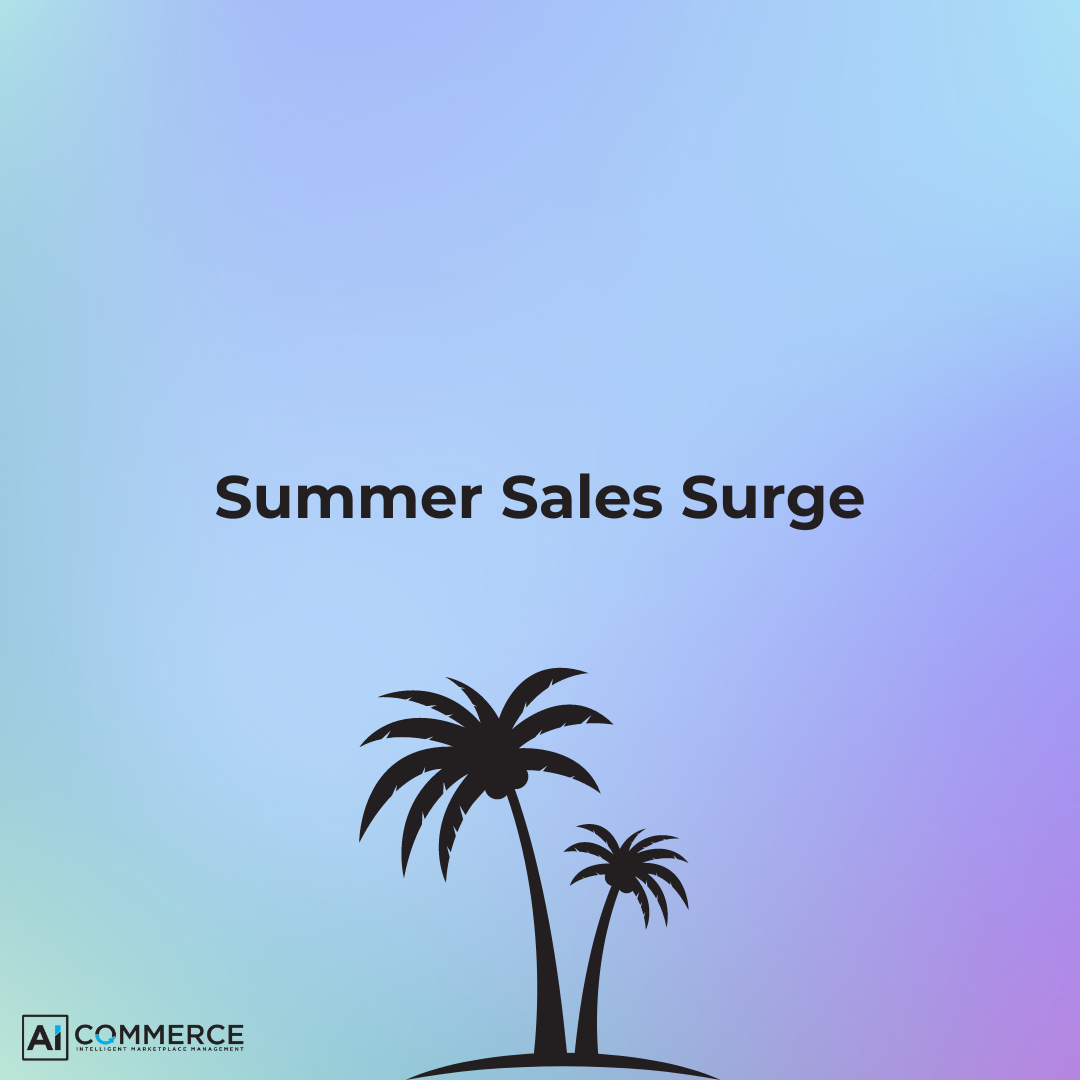Utilizing Google Shopping to Build Your Brand
Utilizing Google Shopping management tools effectively can be one of the most valuable skills in eCommerce digital marketing. It isn’t easy growing a brand from scratch in the modern day. Not only do you have to balance the books but you also have to think about your website, social media and growing an audience. At the crux of brand awareness is how your brand shows up organically across search engines. A fantastic tool for brands to use to increase their brand visibility is Google Shopping. Let’s dive into how to make the most of this unique resource, how to work on Google Shopping optimization, and all the benefits that this platform offers!
What is Google Shopping?
Google Shopping allows consumers to discover, compare, and buy products via Google. It has evolved from what was previously known as Product Listing Ads. These allowed merchants to bid on specific search terms, promoting relevant products in their inventory for customers to buy.
Google Shopping works a lot like its organic search engine. When a consumer is searching for a relevant product, Google Shopping shows a list of items from different retailers that correspond to the keywords used. These are shown at the top of the page and – similarly to comparison shopping - potential buyers can sort, filter, and narrow their search based on different criteria.
Google used to only display products from advertisers that were paying to show their items in search results. That changed in May 2020, with Google launching free product listings. These look and function similarly to the paid ads but surface products organically. This helps smaller ecommerce retailers without any advertising budget compete with larger chains. In this way, it’s almost identical to the difference between organic search results and sponsored ads.
Whereas traditional marketers talk about the importance of SEO on their website, eCommerce marketers need to think about Google Shopping optimization for their listings!
What is the Difference between Google Ads and Google Shopping Ads?
Google Shopping management isn’t easy and it pays to know the basics. As with a lot of eCommerce digital marketing, although things may sound the same, they are actually very different! This is definitely the case with Google Ads and Google Shopping Ads.
Google Ads are text-based ads that show on the Search Engine Results Page (SERP) after a search. Brands buy these ads for a host of reasons from promoting a campaign, creating brand awareness or targeting a competitor. Though making a sale might be nice, there isn’t always an immediate purchase intent behind the ads.
Google Shopping Ads (formerly known as Product Listings Ads) are focused entirely on promoting individual products from brands or retailers in the hopes of making a sale. A typical Google Shopping Ad features the product name, an image, the website of the seller, reviews, and pricing information. It may even feature whether a product is located in the seller’s brick-and-mortar shop nearby. Their primary focus is on driving traffic to the retailer and converting the shopper into a customer.
Because of their visual nature, Google Shopping Ads are far more effective at improving click-through rate and conversions than text-based ads. They can also appear as display ads on any website that has been approved by Google to show Google Ads.
The effectiveness of your Shopping Ads depends in large part on six key areas. Get these parts of your Google Shopping management correct and you should be on to a winner:
-
Having an accurate product feed – before optimizing your feed for success, make sure it’s accurate. This includes making sure every field is filled out with the correct information. Intelligent Reach offers a free product feed audit to check this for you.
-
Add reviews – there is almost nothing more likely to make people purchase than social proof. Pair up with a supported review aggregator and add these to your ads.
-
Use professional photos – nobody clicks on a blurry image. To add to this, make sure the background isn’t distracting to the consumer. There’s a reason most Google Shopping ads favor a completely white background.
-
Become a ‘trusted store’ – these are labels that Google gives to stores that have favorable policies such as easy returns, free delivery, etc. Enroll in ‘Buy on Google’, hit all the points outlined and you will be rewarded.
-
Make your product titles easy to read – the first 75 characters are the most important as they are the first ones people see. Be descriptive but to the point, and if you’re a brand selling your own products, make sure to include it!
-
Google Shopping optimization from the Google Ads dashboard – once all of the above is in place, it’s time to work on optimizing your feed. This includes targeting, content experimentation, A/B testing, and more.
It’s also useful to know about Local Inventory Ads (LIAs). These are a type of Google Shopping ad that shows up based on location if somebody searches for a product near them. The intent is to drive footfall to a physical store rather than a brand or retailer’s website.
Most recently, Google has launched Smart Shopping, which allows the company to take over paid campaign management. This is done using AI-driven algorithms that adjust bids, decide on ad placement, etc. The latest iteration of this can be seen with Performance Max, a goal-based campaign type that allows performance advertisers to access all of their Google Ads inventory from a single campaign.
What are the Benefits of Using Google Shopping?
There are many benefits of using Google Shopping. The most obvious are:
-
Enhanced Reach and Visibility: We all use Google. Well, most of us do. It has 92.5% market share and processes more than 8.5 billion searches a day. In 2021, 68% of consumers that were asked said that they turn to Google when shopping for a specific product. As such, being visible on Google Shopping gives any brand or retailer a huge amount of potential exposure across Search, Images, Shopping, Maps, YouTube, and any website that displays Google Ads.
-
High Intent Buyers: Unlike other Google Ads, Google Shopping Ads only display to shoppers that are actively looking to buy. They might be researching a product or comparing prices. As such, they are far more likely to click on your ad, increase traffic to your website and improve conversion rates.
-
Brand Awareness: You have to be in it to win it! By adding your products to Google Shopping, consumers are much more likely to learn about your brand when they see your items pop up during searches. If you’re a new e-commerce store, this can be a hugely effective way of finding an audience early on in your company journey. If you’re already well-known, it keeps your brand front and center in a customer’s mind.
-
Organic Exposure: Tying in with the above, Google Shopping isn’t only for those with a big advertising budget. If your product listing aligns with a consumer’s search intent, you can rank alongside the big industry players without spending a penny. All it requires is that you make sure your Google Shopping optimization is up to scratch!
-
Quality Standards: In order to have products feature on Google Shopping, companies have to abide by Google’s rules. With the company known for being strict with its Merchant Center guidelines, right down to the quality of your product data feed, it instills best practice in the user which can be handy when selling on other marketplaces as well. By enforcing these quality standards, Google Shopping ensures that merchants are always improving across all of their ecommerce digital marketing, creating a better shopping experience for customers as well.
Utilizing Google Shopping in Conjunction With Other Channels
In a world where the eCommerce industry is constantly evolving and changing, it is important to remain relevant and reach the right consumers. Incorporating Google Shopping into a multi-channel marketing strategy for your brand can be a key for success and increasing visibility and sales. Multi-channel marketing is vital to brand success as it allows you to reach more customers, boost engagement, and promote brand consistency. If you’re looking to develop a multi-channel strategy but aren’t sure where to start, aiCommerce can help. A full-service global digital marketing agency, aiCommerce offers account management, listing optimization, advertising services, and more backed by a 90-day guarantee.
Conclusion
We hope this brief guide has helped you to understand the basics of Google Shopping management and how it can enhance your eCommerce digital marketing strategy.



